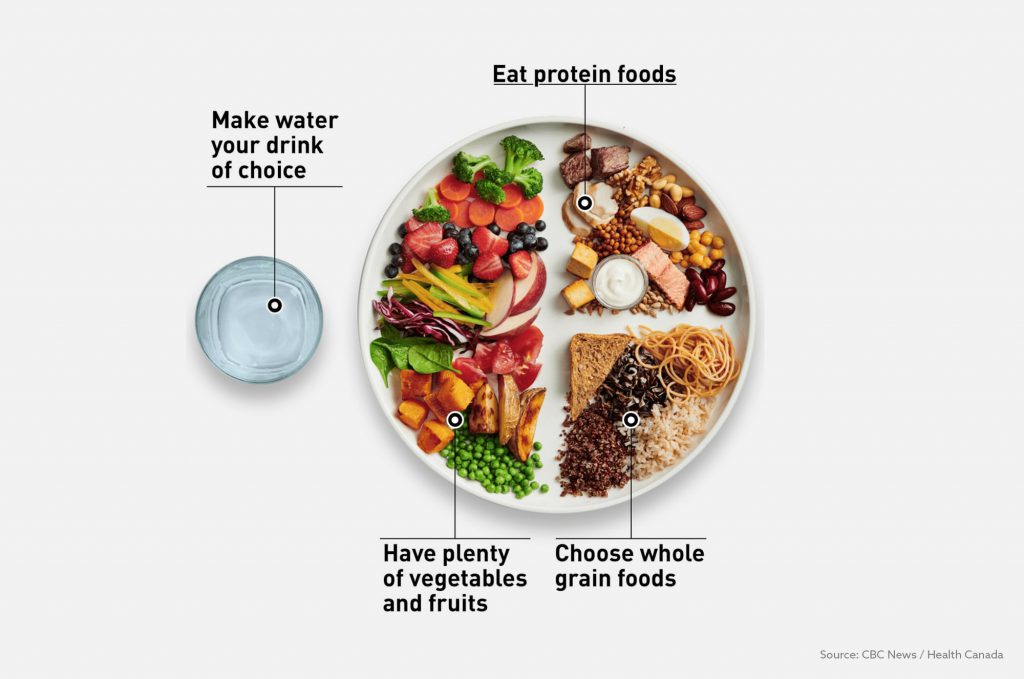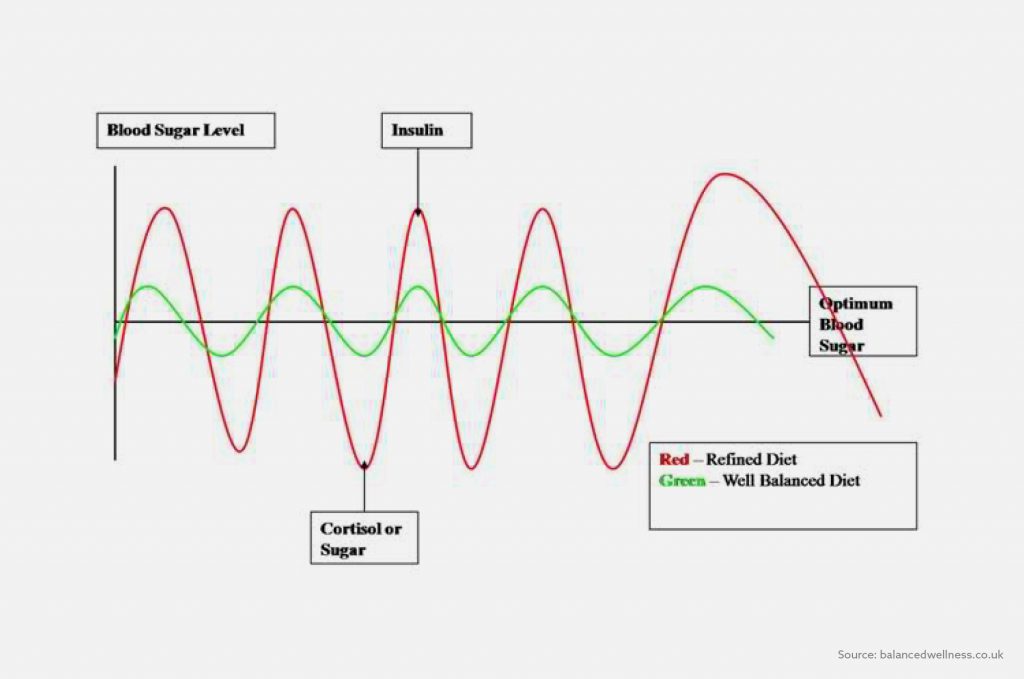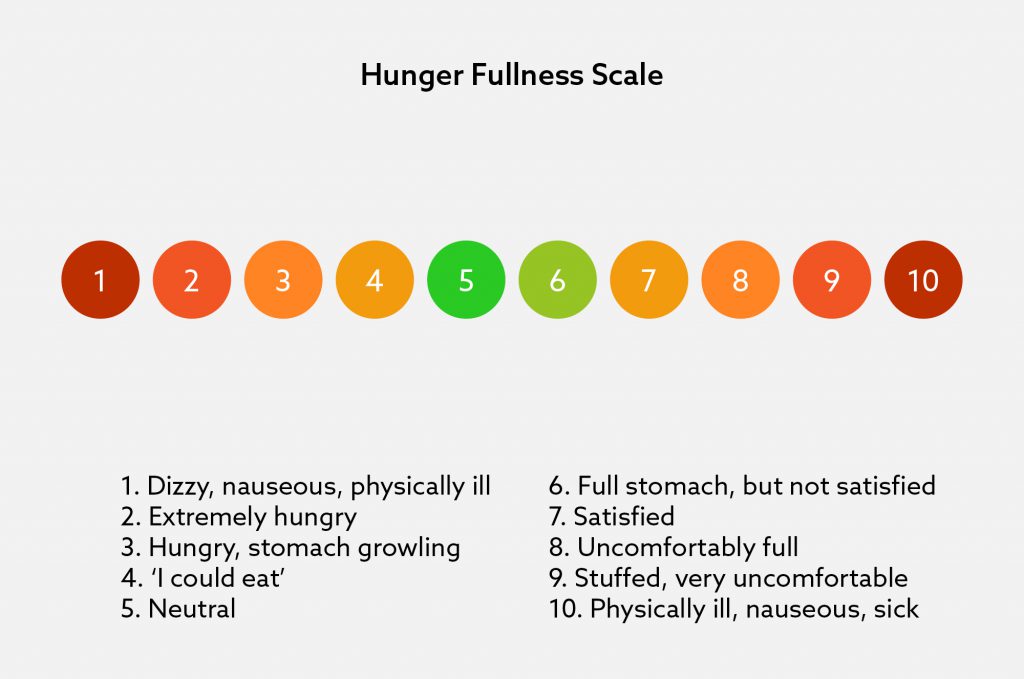Nutrition for the recreational cyclist
I often come across individuals who are exercising several hours a week on their bike, putting in serious distances and tearing up the climbs and yet, they are struggling to maintain a healthy weight and many find themselves suffering from pre-diabetes and other chronic health conditions.
Cycling is a sport where many of us amateurs like to mimic everything the pros are doing. We want the same bikes, the same clothes, the same tech, and above all we want to be able to eat like them too. Who wouldn’t enjoy the freedom of 6,000 calories a day?
When we are analysing the type of approaches that professional athletes use, it is very easy to get a tad over-enthusiastic and try to copy them to attempt to send us flying up our local hill; breaking the hearts of the local legends on Strava. While we can certainly take influence from the fittest people on the planet, we have to understand that we are not elite athletes.
We do not have the same oxygen-carrying capacity, nor the same capacity for fuel utilization (or burning), and we are certainly not undertaking the same level of intense training they are over the course of a year.
Nutrition has to come with the context of your individual situation, are you looking to maximise performance? Or, is cycling merely something you enjoy and that you want to continue doing to support your health and wellbeing?
There is also a belief in many circles that people who exercise regularly are not at risk of developing chronic diseases such as type-2 diabetes or heart disease. And while we know that being physically active certainly reduces the risks of these conditions and brings many health benefits, the majority of us cannot out-pedal a poor diet and lifestyle.
Taking a ‘health-first’ approach to your nutrition
Your main priority as a recreational cyclist/athlete should be your health. You may see Primoz Roglic consuming 10-20 gels a day in La Vuelta propelling him to victory, but does that mean you should apply this to a Sunday ride around South Cornwall? Unlikely.
As I have mentioned above, we do not possess the same athletic prowess and genetic fortune to manage the same volume of refined sugars and carbohydrates to fuel our rides. But before we get to the information on fueling for exercise, let’s start with the basics.
General nutrition for health
There is a lot of debate around what is the ‘best diet for health’. The simple answer is that there isn’t one, so this debate will linger on. However, despite it being difficult to give a definitive answer to you on what the ideal diet looks like for you, there are some general things that everyone can do to maximise their health through their diet.
A great example of how the majority of your meals should look is presented in the image below (taken from the Canadian dietary guidelines, the UK ones are currently a bit outdated and under review):

You might be thinking about how you actually apply the above image into your daily life, as in, practically, what can you do to help improve your eating habits to support your health and cycling goals? I have listed a few of my top tips for achieving good health through nutrition below:
1. Learn to cook
Nutrition starts in the kitchen, if you can’t make healthy food taste good, then this is the best place to start (no one eats plain chicken breast and salad every day). You could start with trying one new recipe each week. (BBC Good Food and Jamie Oliver are great resources.)
2. Limit added sugar and ultra-processed foods
A simple way to define a highly-processed food is one that no longer bears the resemblance of something that either grew in the ground or was alive.
Take ‘All-Bran’ cereal as an example, have you ever seen whole grains growing in the perfectly shaped form of ‘All-Bran’? No. Therefore, they are an ultra-processed food.
On the other side, take steel cut oats. They’ve simply been harvested, cut using machinery, and placed in a bag for our convenience, this is a whole food.
3. Ensure adequate protein intake
Protein is absolutely essential, and I suggest ensuring you are consuming between 20-40g at each meal. High-protein foods include: Meat, dairy, fish, seafood, tofu, tempeh, protein powders, edamame beans, and nuts
4. Limit snacking, your blood sugars will thank you
I only recommend snacking to people that are looking to build muscle, have a very high training load (8-10+ hours a week) or are struggling to maintain a healthy weight (typically people over the age of 65 who have lost their appetite).
The vast majority of people will do just fine with 2/3 main meals a day, you’ll experience steady energy release and avoid the highs and lows of your blood sugars going from one end of the scale to the other (it may also help you maintain a healthy, stable weight).

5. Enjoy your food
Never eat something you do not like just because you think it might be good for you, we are fortunate enough to have access to a significant variety of foods, that there is little point in spending any time eating something you do not enjoy. (Or, simply learn tricks to make less appealing foods tastier, such as adding a mustard vinaigrette to your salad.)
6. Eat until you’re satisfied and comfortably full
Take your time, turn off your TV, pay attention to your food, drink some water, and when you feel comfortably full (not bursting at the seams) then you’re good. Save any leftovers for lunch!

Fuelling for exercise and cycling
Health breeds performance and wellbeing, so if you love cycling, you love meeting up with your clubmates for a Sunday ride and all of the benefits that come with it. Then you will want to be able to do this as long as possible, and not be hindered by health conditions due to a poor lifestyle. If you prioritise your health, your cycling will benefit too!
Let’s take a look at how to fuel yourself up properly for your rides… Below I have listed a few of the top tips that I recommend to all recreational endurance cyclists, runners, and the like:
1. Take a ‘food first’ approach
Where possible, I strongly recommend a ‘food first’ approach to your rides. Dried fruit, for example, has been shown to be just as beneficial to time-trial cycling performance as gels and sports drinks. Try some dried apricots, dates, or even raisins on your next outing.
Whole fruit, such as bananas are also a good option, and if you fancy having a go at making your own no-added refined sugar flapjacks, give these a go.
Gels still maintain their place for a race or Sportive. Treat your body like a rental car for these events, and use whatever is logistically easier for you (I also always ride with a few in case of an emergency bonk).
2. Pre-ride meal
Porridge is many people’s favourites, and to be fair, there are few better breakfasts to enjoy before a few hours on the bike. But if you’re like me and are looking for alternatives to this digestible cement, then look no further:
Honey-sweetened yoghurt with berries: simply add a tablespoon or two of honey to your favourite yoghurt, along with some berries and maybe some nuts and seeds.
Toasted muesli with yoghurt and berries: as described, and if you’re keen to make your own muesli, check out this recipe here.
3. Timing
Assuming you’ve had a sufficient breakfast or meal prior to your ride, I recommend the following:
Under 1 hour—
not necessary to take on fuel (unless it’s a specific race where you want to maximise performance, then I’d recommend 100–200 calories around the halfway mark)
1–2 hour ride—
Consuming 100–200 calories every 40–45 minutes (this will likely be complemented by a slice of cake or brownie at a cafe stop I’m sure)
2–4 hour ride—
Consume 100–200 calories every 30–35 minutes (alongside a cake or sandwich stop)
4+ hours—
consume 200–300 calories every 30–45 minutes (alongside a substantial lunch stop)
4. Recovery
We want to prioritise protein, vegetables, and healthy fat consumption in recovery while consuming carbohydrates can help to replenish glycogen stores for the next day. The protein supports muscle protein turnover and cell growth, while healthy fats ensure sufficient absorption of fat-soluble vitamins that can support recovery.
Carbohydrates can complement the recovery meal too, but I’d recommend limiting to around 25% of the plate (just to ensure you get sufficient protein, vegetables, and healthy fats before you get full). I’ve listed a few recommended recovery meals below:
Steak and vegetables
Add a side of sweet/jacket potato
Salmon and avocado salad
Add a side of toasted sourdough
Classic roast dinner
A healthier meal than many people give it credit for
Mediterranean frittata
Add a side to have it on sourdough toast, or include some new potatoes
Halloumi, avocado, and lime salad
Add a side quinoa, or toasted sourdough
Tofu and cashew stir fry
Add a side brown or wild rice
Robbie Puddick
Registered sports and exercise nutritionist
Robbie currently specialises in type-2 diabetes prevention and remission for Second Nature while also working privately supporting individuals maximise their health and performance in their sports endeavours.
If you’d like to read more of Robbie’s articles and more about his work, find his website.